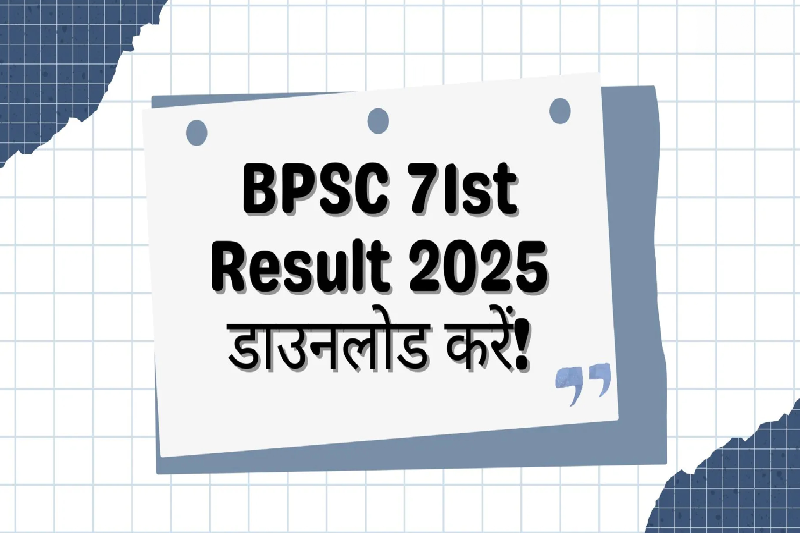
Gujarat Integrates Gita Teachings into Senior School Language Syllabus
In a landmark academic reform for the 2025–26 school year, the Gujarat Secondary and Higher Secondary Education Board (GSHSEB) has woven value-based teachings from the Shrimad Bhagavad Gita into the first language textbooks for Classes 9 to 12. This step marks a deepening of the state’s efforts to blend traditional Indian knowledge systems with mainstream education, in line with the National Education Policy (NEP) 2020.
Under the new policy, two chapters from the Gita have been added to each first language — Gujarati, Hindi, English, and Urdu. The intent is to cultivate moral, ethical, and cultural values in students, while fostering a connection to India’s “rich, diverse, and ancient culture.”
A Continuation of Last Year’s Initiative
This move builds upon an initiative launched last year, when the state government introduced a supplementary Bhagavad Gita textbook for Classes 6 to 8. That effort was aimed at younger students, laying a foundation for understanding the philosophical and ethical lessons contained in the text. The latest expansion ensures that students in senior classes engage more deeply with these teachings in a graded, structured manner.
Subject-Wise Integration of Gita Chapters
According to education department officials, the integration has been customised for each language stream:
- Gujarati First Language: The Gita chapters have been directly embedded into the standard textbooks for Classes 9 to 12.
- Hindi, English, and Urdu First Languages: Since the existing textbooks were not altered, the board has prepared supplementary booklets containing the new chapters for these languages.
In the Hindi first language syllabus, the additions are as follows:
- Class 9: Margdarshika Gita and Bhagavad Gita Aur Main
- Class 10: Samarpan and Desh Bhakti Ki Sanjeevani
- Class 11: Param Sukh Ke Sopan and Triveni
- Class 12: Vaishvik Granth — Shrimad Bhagavad Gita and Bharatiya Shashwat Moolya Aur Gita
These works have been curated to address universal values, self-reflection, patriotism, and the application of Gita principles in contemporary life.
Revised Exam Structure and Syllabus Plan
Alongside the new chapters, the GSHSEB has issued revised exam blueprints and syllabus plans to schools. The updated examination pattern for Classes 9 to 12 will now include 3–4 mark questions based specifically on the Gita content.
This approach ensures that the inclusion is not just symbolic but actively assessed, encouraging students to study and reflect on the material. Teachers have been briefed on incorporating these chapters into lesson plans and linking them to broader curricular themes.
Other Curriculum Updates for 2025–26
The academic changes this year are not limited to the Gita integration. GSHSEB has also made notable additions to other subjects:
- Economics (Class 12): A new chapter on natural farming has been included to promote sustainable agricultural practices. This aligns with national priorities on environmental responsibility and aligns with grassroots farming movements in Gujarat.
- Computer Studies (Classes 9 to 12): The curriculum has been updated with contemporary topics, while new textbooks incorporating modules on Artificial Intelligence will be introduced for Classes 9 and 11 from the next academic year. This ensures that students gain exposure to emerging technologies alongside traditional knowledge.
These changes reflect a dual emphasis — nurturing cultural values while preparing students for modern academic and career landscapes.
Alignment with NEP 2020 Vision
The NEP 2020 encourages integrating Indian knowledge traditions into the curriculum, emphasising holistic education that balances cognitive skills with moral and cultural grounding. Gujarat’s latest curriculum reforms exemplify this approach by combining ethical literature with practical and technological studies.
Officials stress that the Bhagavad Gita content is designed to be inclusive and philosophical rather than religious, focusing on universal virtues like discipline, integrity, empathy, and selflessness. By placing these chapters in first language courses, the state ensures accessibility to students across linguistic backgrounds.
Educational Impact and Reception
The move has been generally welcomed by educators who see the Gita as a timeless source of personal development lessons. Language teachers are optimistic that the inclusion will enrich literary appreciation and critical thinking skills, as students analyse the philosophical text in the context of poetry, prose, and moral narrative.
However, integrating value-based education into assessable coursework is also seen as a test of pedagogy. Teachers will need to adapt classroom practices to encourage active discussion, contextual understanding, and application of lessons to real-life scenarios — avoiding rote memorisation.
The Road Ahead
The state’s education department has signalled that this is part of a broader, phased integration of classical Indian texts into the school curriculum. Officials say more such value-based lessons may be introduced in the coming years, potentially extending to themes from other epics and classical works.
With the revised exam patterns in place from this year itself, schools have been urged to use the next few months to familiarise students with the new material and develop teaching methods that resonate with young learners.
As Gujarat moves ahead with this blend of traditional wisdom and contemporary learning, it will be watched closely as a case study in how ancient literature can be seamlessly integrated into modern education without diluting academic rigour or cultural authenticity.



